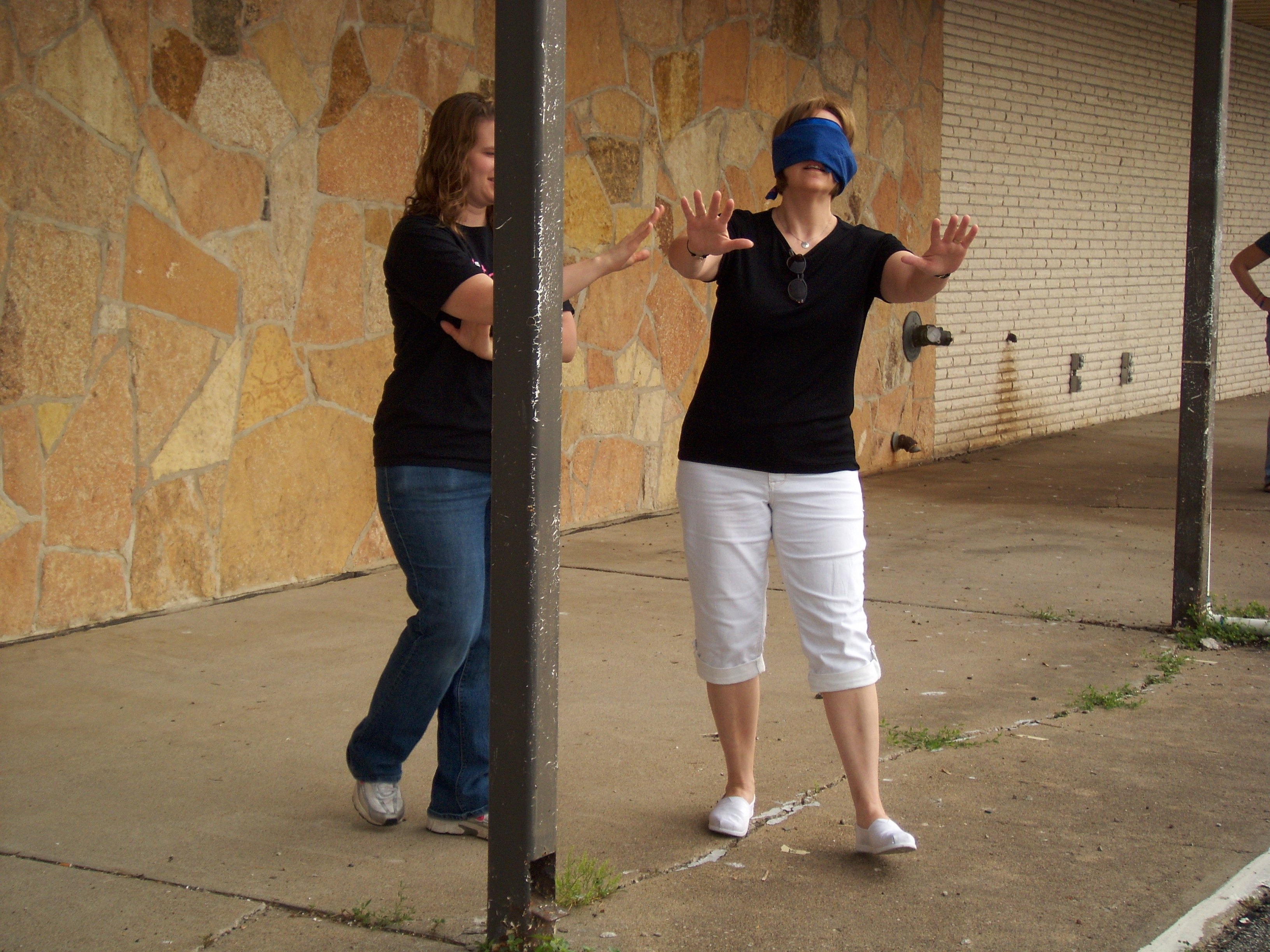
Wendy Weber (first row, far right) facilitated a probability and statistics program for high school teachers from the Great Prairie AEA to help instructors teach the subjects at the high school level.
This summer, when students were taking a break from school, one group of high school teachers was heading back, not to teach, but to be taught.
Wendy Weber, professor of mathematics at Central College, led a program in conjunction with Mary Ann Huey, assistant professor of mathematics at Drake University, during the summer to help teachers incorporate statistics and probability material into their classes.
“When the Iowa Core was adopted in 2010, statistics and probability became a core content requirement by all graduating high school students, not just an elective,” says Weber. “Teachers that have never had to do any statistics and probability teaching now have to incorporate that content across the classes they are currently teaching.”
To help teachers make this transition, Weber and Huey applied for and received a Mathematics and Science Partnership Grant from the Iowa Department of Education. Working with the Great Prairie Area Education Agency (AEA), they laid out a plan to do professional development for rural high school teachers.
Twenty-one teachers from thirteen school districts who are members of the Great Prairie AEA agreed to be a part of the program. For eight days, Weber and Huey worked with the teachers, reviewing statistics and probability content and developing lesson plans.
“Our main goal with the activities that we did with the teachers was to have them participate like students would,” says Weber. “In order to make meaningful mathematical connections they have to be engaged with the data.”
As a part of this engagement, teachers did the data collecting projects that they would be able to use later on in their classrooms. One of the more popular activities the teachers did during the workshop was called “Walk the Line.”
“The premise is,” explains Weber, “if it is pitch black out, and you are in the middle of nowhere, can you walk in a straight line?”
Previous studies have proved that the answer is no, but the teachers tested the theory themselves. Each teacher was blindfolded and attempted to walk straight on the pavement. Teachers plotted the distances they walked before going out of bounds and answered questions, just like their students would.
The statistics and probability workshops were a hit and helped the teachers in the Great Prairie AEA connect and learn from one another.
“Iowa’s schools are very dispersed geographically,” says Weber. “Some of the teachers in the workshop were the only math teacher at their school, and don’t have a network of other professionals to work with.”
As a part of this development project, teachers were split into professional learning communities of three or four people to develop lesson plans. Through these groups, the math instructors teaching on their own now have a contact if they would like another teacher’s opinion on how to teach a section of content.
This academic year, the teachers will teach two of the lessons they developed, collect student data, video record their lessons and reflect on effectiveness of the lessons. Weber and Huey will analyze the data to see how well the lessons worked and what can be done to make them even better.
This work won’t be finished after the end of this academic year, however. Because the grant is renewable for two more years, Weber is planning on doing workshops next year, but moving to a different region of the state. In the meantime, she is looking forward to seeing the results this academic year will bring.
“Ultimately, we need to improve student learning with this program,” says Weber. “I’m excited because I don’t know what that looks like yet.”
Weber smiles brightly. “This is fun! I really enjoy doing it and providing support for these teachers.”



